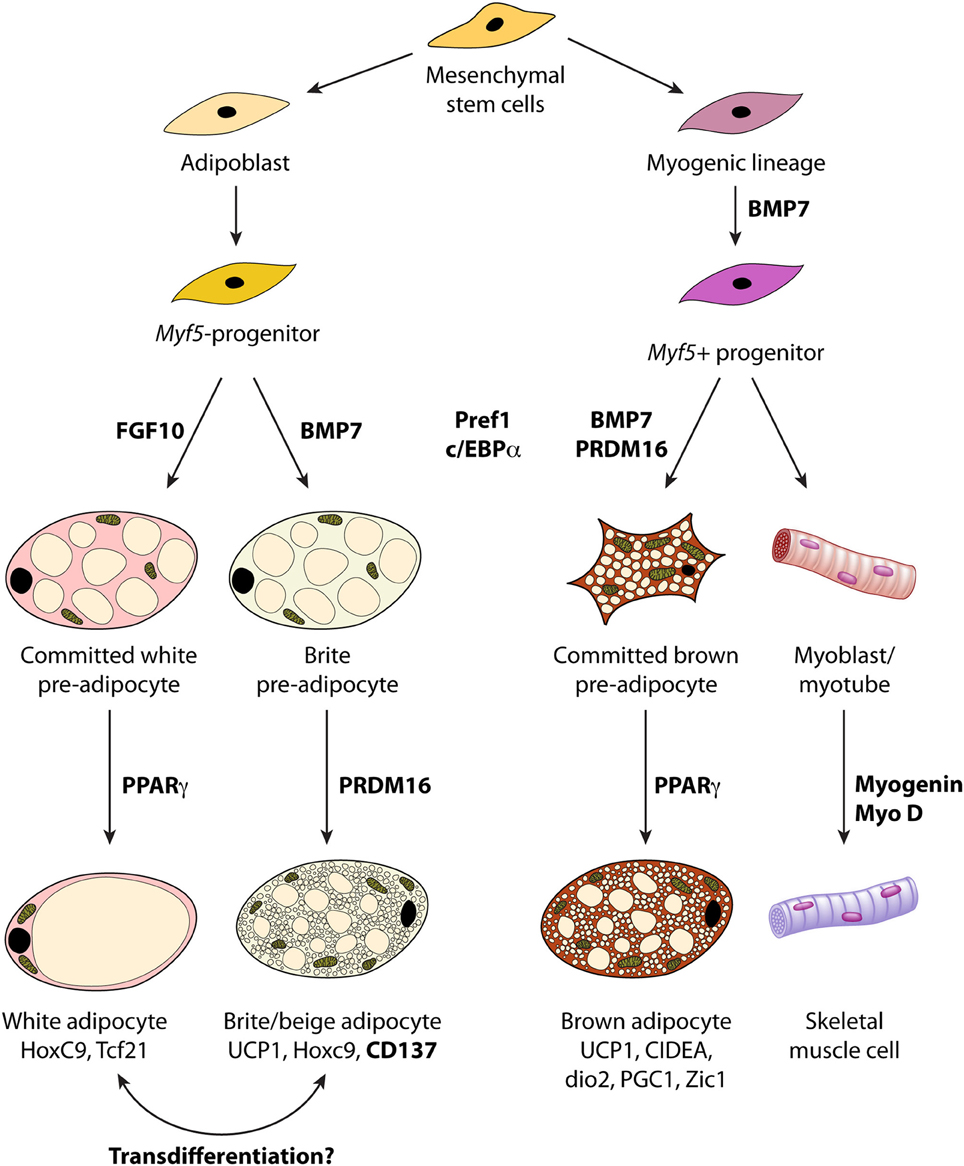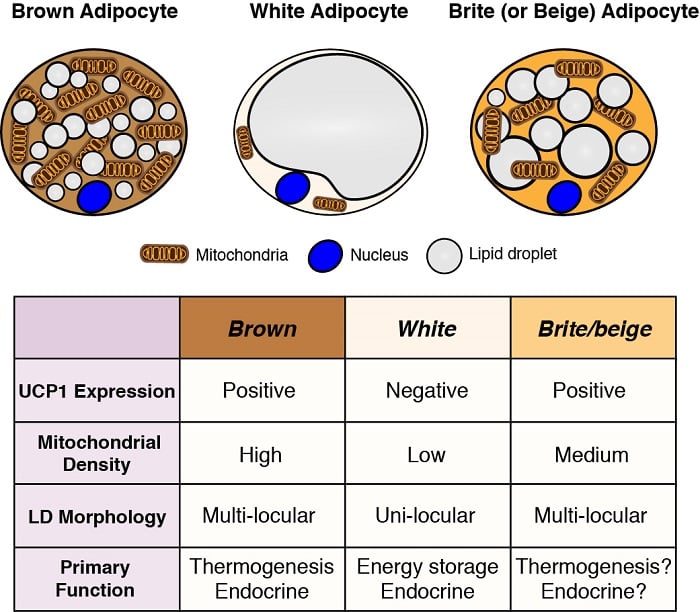

You should call your healthcare provider if you experience:


The adipose tissue (fat stores in the abdomen and body) can convert the fat producing hormones to estrogen. Instead, the lining continues to grow and thicken.Īdditionally, obesity contributes to the elevation of estrogen levels. As a result, the uterus doesn’t shed the endometrial lining. Women who have endometrial hyperplasia make little, if any, progesterone. The progesterone drop triggers the uterus to shed its lining as a menstrual period. If conception doesn’t occur, progesterone levels drop. During ovulation, estrogen thickens the endometrium, while progesterone prepares the uterus for pregnancy. These female hormones play essential roles in menstruation and pregnancy. Women who develop endometrial hyperplasia produce too much estrogen and not enough progesterone. Without treatment, your risk of endometrial or uterine cancer increases. Simple or complex atypical endometrial hyperplasia: An overgrowth of abnormal cells causes this precancerous condition.This condition may improve without treatment. Simple endometrial hyperplasia (without atypia): This type of endometrial hyperplasia has normal-looking cells that aren’t likely to become cancerous.Types of endometrial hyperplasia include: What are the types of endometrial hyperplasia?ĭoctors classify endometrial hyperplasia based on the kinds of cell changes in the endometrial lining. Long history of irregular or absent menstruation.Family history of ovarian, uterine or colon cancer.Early age for menstruation or late onset of menopause.Certain breast cancer treatments ( tamoxifen).It rarely occurs in women younger than 35. Women who are perimenopausal or menopausal are more likely to have endometrial hyperplasia. It affects approximately 133 out of 100,000 women. How common is endometrial hyperplasia?Įndometrial hyperplasia is rare. It’s not cancer, but in certain women, it raises the risk of developing endometrial cancer, a type of uterine cancer. The lining of the uterus (endometrium) becomes unusually thick because of having too many cells (hyperplasia). Endometrial hyperplasia is a condition of the female reproductive system.


 0 kommentar(er)
0 kommentar(er)
